A successful affiliate business relies on providing great value for its customers – from selecting the right products to creating an engaging and intuitive experience. The solution is a website setup that makes navigation and interaction with content easy for visitors.
Devising your affiliate marketing programs and websites with the user in mind is the ultimate way to provide a good user experience (UX) and increase conversions. We gathered some of the best tips to help you stand out from the competition and improve the UX of your affiliate website. But first, let us define what UX is and why it is so important.
What is user experience?
UX, short for user experience, incorporates all interactions with your business and product. It’s a crucial part of every successful marketing strategy. It includes all channels a company uses to interact with customers, starting from hearing about the product and ending with post-purchase customer service.
User experience design, therefore, involves creating processes that deliver meaningful and relevant digital products that delight users while achieving business goals. It helps you focus on your customers’ needs and wants with insights on how to improve your product’s UX to benefit your customers.
Why is good UX important for an affiliate website?
Positive user experience for an affiliate website should meet a particular user’s need in the specific context where they use the product. Of course, these needs could vary from website to website; however, during the UX design process, you should identify the most critical tasks for each user type and design specifically for that user journey and experience.
Your affiliate website should be helpful and engaging. When you take the time to perfect your website’s UX, it helps to establish brand loyalty among existing customers, attract and convert new potential customers, and increase revenue.
It’s also a great way to gain a competitive advantage in the market. In affiliate marketing programs, visual appearance is often not given enough attention. Therefore, many affiliate websites are messy and hard to navigate. Taking the time to create good UX for your affiliate website will help ensure you stay ahead of the competition.
While the visual part of an affiliate website is significant to the overall user experience, you will not have much customer success without fine-tuned affiliate management. While you can plan and track your affiliate marketing efforts in many ways, online tools are considered the easiest and most efficient way to do so.
Affiliate marketing software like Post Affiliate Pro helps affiliate marketers build and track affiliate programs and oversee their affiliate network. Keeping things in order through clearly defined objectives and trackable results is crucial to a positive UX.
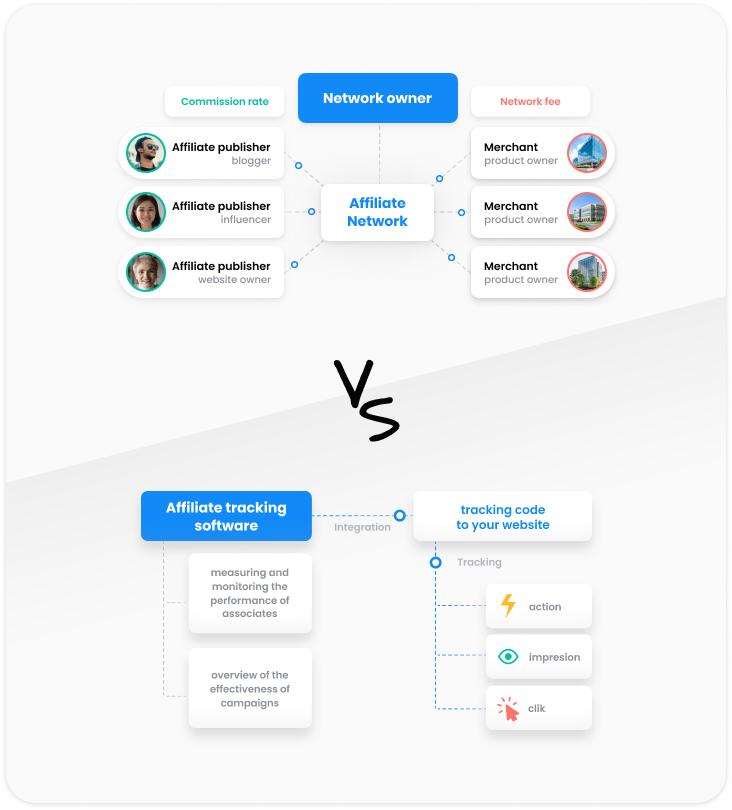
How bad UX affects your conversions
Poor user experience serves you like a basket under a faucet to fetch water. Leaks can occur, and they will hurt both the product and the business. As a result, users may not see the benefits or capabilities of the product on your website. Often, this leads to frustrated customers, high bounce rates, low conversions, and a drop in the affiliate website’s revenue.
Your business will only convert new customers if you craft your products with the user in mind and the experience is optimized to match customer expectations.
There are several approaches to take when improving your affiliate website’s UX. They include but are not limited to refining customer interactions, improving navigation, removing points of friction, and minimizing the required steps it takes to complete a single task. Further in this article, we’ll cover 8 actionable steps you can take today to improve the UX of your affiliate website significantly.
8 UX best practices for your affiliate website
1. Add more white space
One of the easiest ways to improve the look of your affiliate product page is by adding white space. A good amount of whitespace allows your website to breathe and look more refined. In addition, whitespace helps the reader focus on the most crucial information on a website.
Of course, finding the balance between what is most important to communicate across each page takes a lot of research and attention. However, one of the most important things you need to know is that information should be ranked in the hierarchy according to order or priority.
You can use white space to improve the UX of your website by:
- Increasing the line space for your secondary/body text
- Increasing white space in long text blocks on the left and right margins. It helps to keep readers engaged when reading a text which improves comprehension
- Positioning images above or beneath a text block or inline text
- Grouping related objects
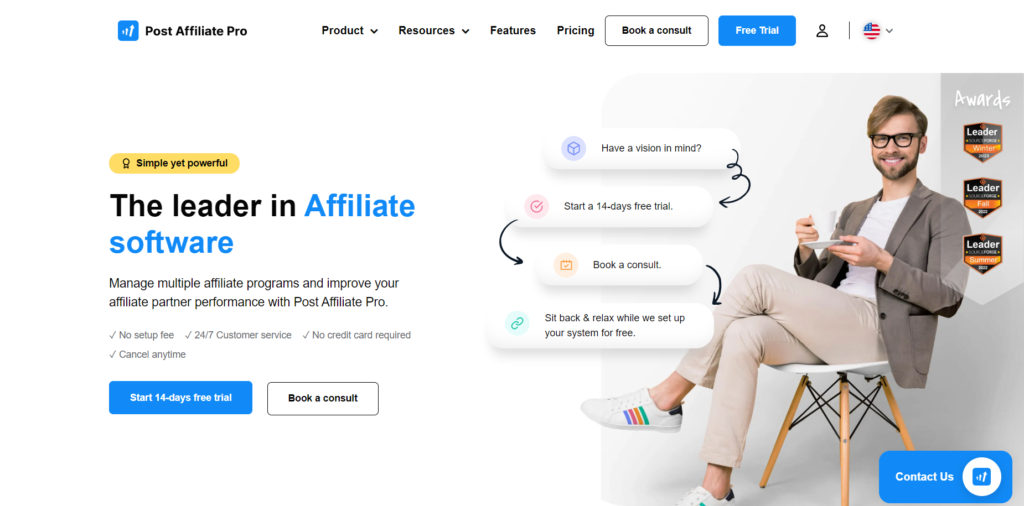
2. Make your CTAs visible
Humans are predominantly visual beings, always searching for cues to help us make decisions, no matter how small. Consider this when deciding on the look and feel of your website’s call to action button.
Customers already have default mental models, which they are already accustomed to. Organize your website according to those models and expectations by guiding them to perform specific tasks with clear, visible, and bold calls to action (CTAs). Use action words like “Shop Now” or “Sign Up” to guide both a first-time visitor and a returning customer. It leaves no room for confusion as users know exactly where to click to purchase or contact the affiliate site’s owner. Remember, the action words should convey your brand’s tone of voice and language to make it more effective and consistent.
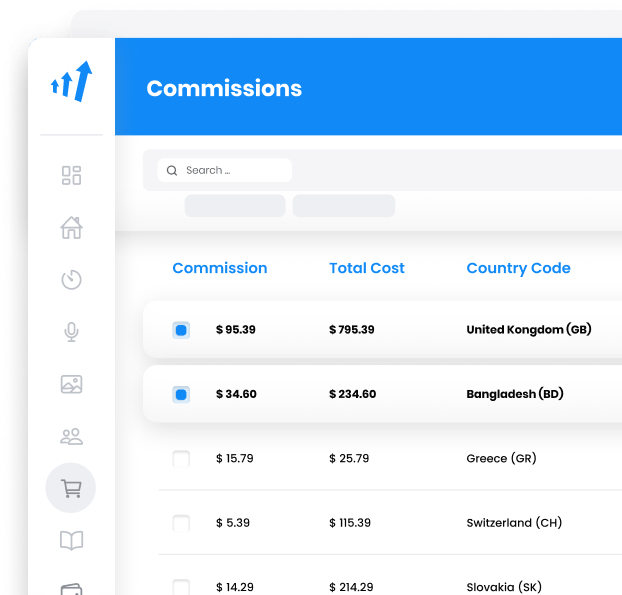
When creating CTA for your website, think about the color to use, the psychology behind it, and the feeling you want your customers to emote when they interact with that specific action button. Different colors evoke different messages. Run A/B tests on your website with different color variations and action messaging to know which would work best for your customers.
3. Optimize the website’s loading speed
The digital world thrives on speed, accuracy, and efficiency. If your website takes a long time to load, it can significantly affect its performance and overall customer experience. If a page loads too slowly, users will likely abandon it and move to another site where they can find information faster. Studies have shown that 90% of website visitors bounce due to slow loading speeds.
The ideal loading time for a website is around 1-3 seconds — the faster, the better.
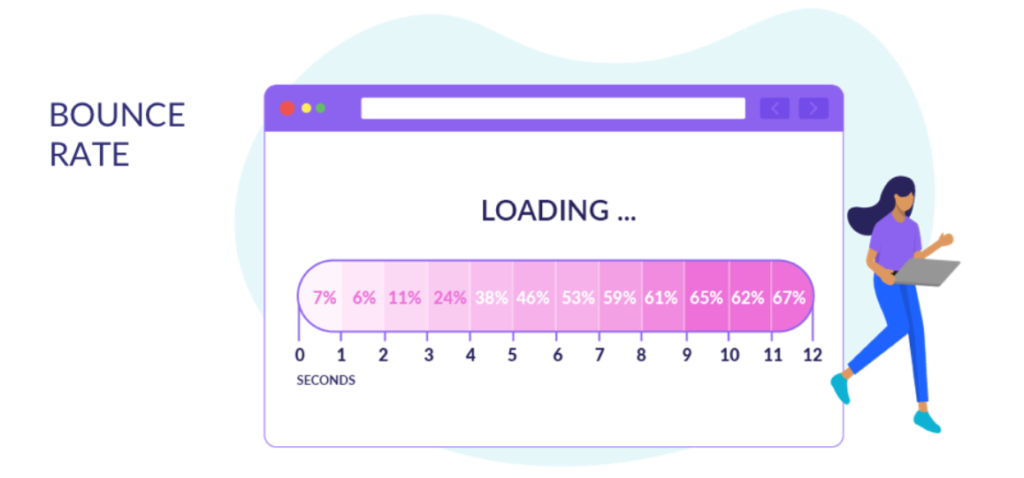
Ensure website visitors can quickly and efficiently accomplish their primary goals without waiting too long for your website to load. To improve your affiliate website’s UX, start by implementing content optimization strategies – modify all web images, videos, interactive elements, and thumbnails before uploading them to your website. Website compressors can be helpful here as they improve your website’s loading speeds.
Free online tools like Google lighthouse and its PageSpeed Insights feature can help you test your website’s load time status and performance.
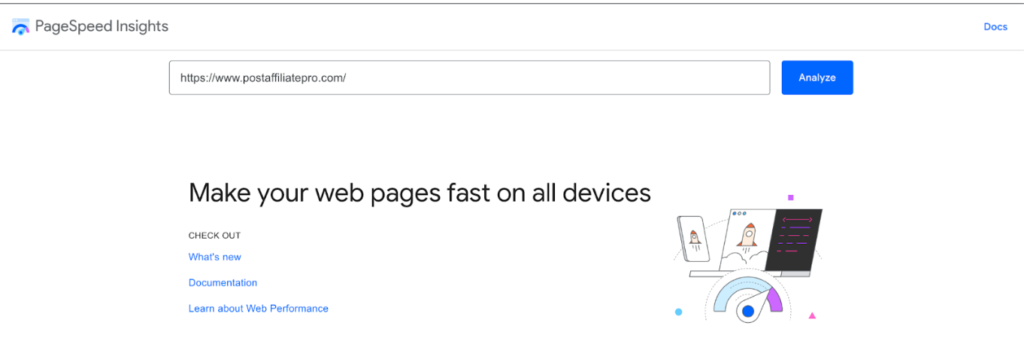
4. Make sure the navigation is intuitive
Start with designing the website’s information architecture and navigation structure with your users’ associated mental models and behaviors in mind. This way, you’ll make it easy for users to know where they are on your website and how to find the information they need.
Quick tips to help you design more intuitive navigation include:
- Brand Logo: Your website’s logo should contain an internal link to the homepage. Make it easy for users to locate the homepage no matter where they are in their customer journey.
- Headings: All headings should convey information that will be valuable to the user and, therefore, must be bold and distinct for clarity.
- URL: Use your website’s URL web address to reveal some of the information architecture to help contextualize the website’s content.
- Breadcrumb navigation: Use breadcrumbs to structure and link important information on websites. It gives the user more options to explore the content on your website quickly and easily.
- UX research: Conduct research using card sorting and tree testing to learn how users expect your website to be structured.
Conducting your own research is a vital part of improving your UX. It’s better to rely on data you’ve collected through a card sorting study that is particular to your niche and your business rather than to use studies from different industries, often with untraceable sources.
5. Display main category entries on the homepage
A homepage is the selling point of every website. It should tell the user who you are and what you do at a glance. The UX of your homepage should demonstrate the value of your product using precise wording, imagery, and a simple path to explain how your product can help improve the customers’ lives.
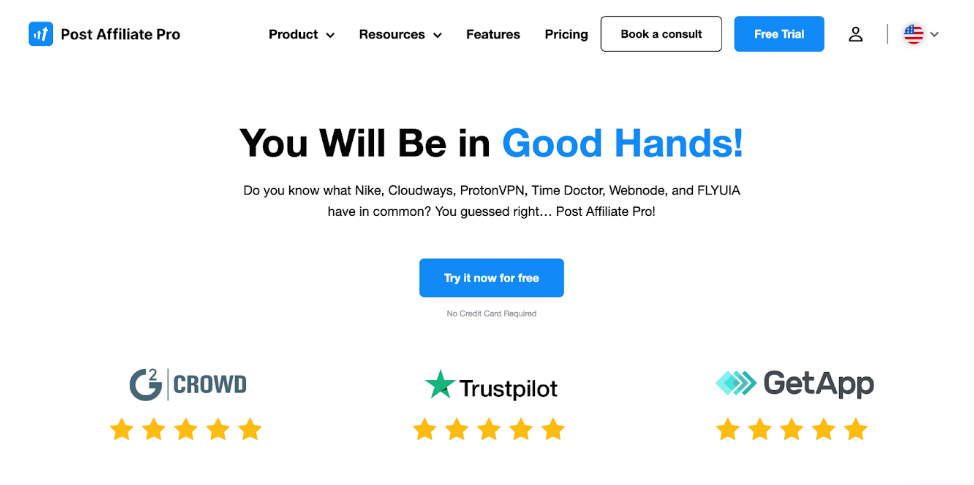
Eliminate all unnecessary information and leave no room for confusion. Explain your product’s potential, and highlight the limitations and pain points users have had before encountering your product. Place the main product features or solutions you offer on the homepage so that the user can jump straight to it.
As you convert more customers, you learn what they find significant. Therefore, you can improve the UX of your homepage using customer feedback and insights.
6. Run a usability test
Test your affiliate site’s usability with end-users to spot opportunities for improvement and learn how they behave and react when using it.
Insights you get from usability tests help you refine customer interactions while removing points of friction and minimizing the steps required for them to complete specific tasks. Usability testing tools can perform these tests online as part of an automated process. Such software can even filter usability tests’ findings and analyze results so you can work with refined data rather than sorting through it all yourself.
7. Use product images
Using generic stock images to represent your business is not a good idea because visitors probably have seen the stock image elsewhere, which brings inconsistency to your brand. When visitors associate a negative feeling with your brand, it becomes difficult to shake it off. Using actual product images and promotional materials helps establish brand trust and loyalty, raising conversion rates due to your brand’s originality and authenticity.
Product images help to create a connection between the user and your brand.
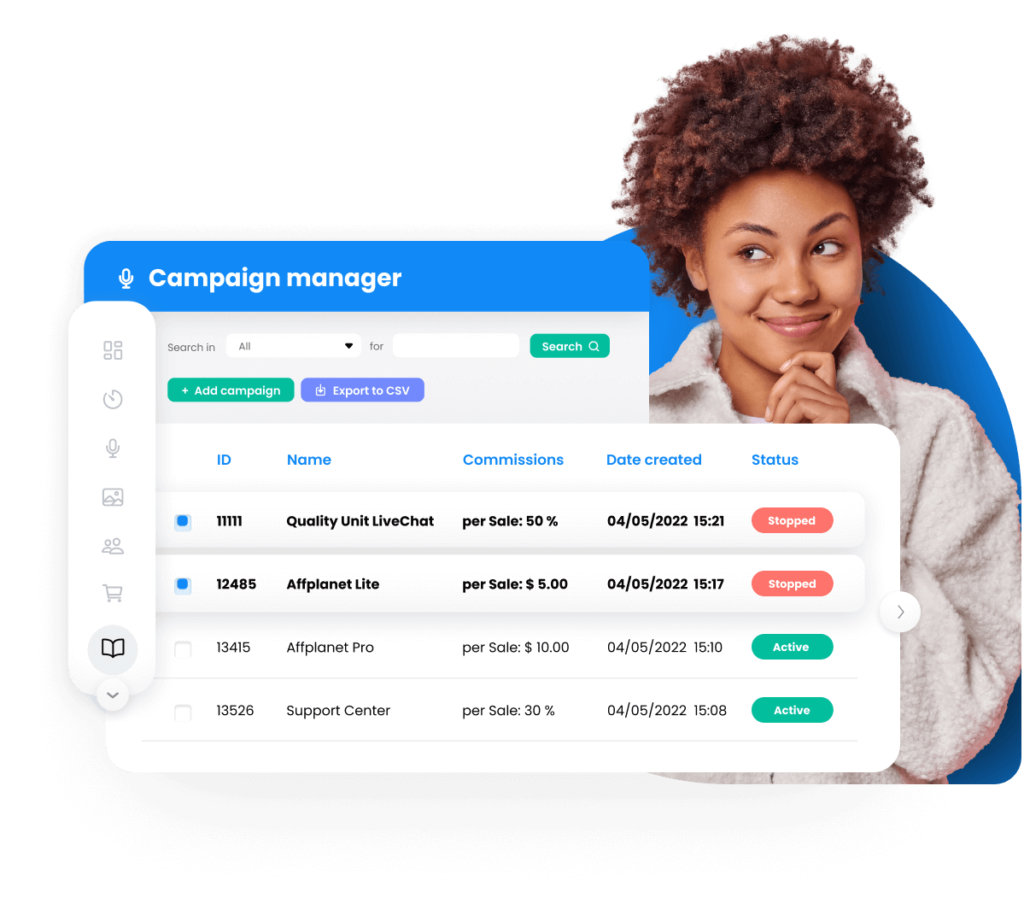
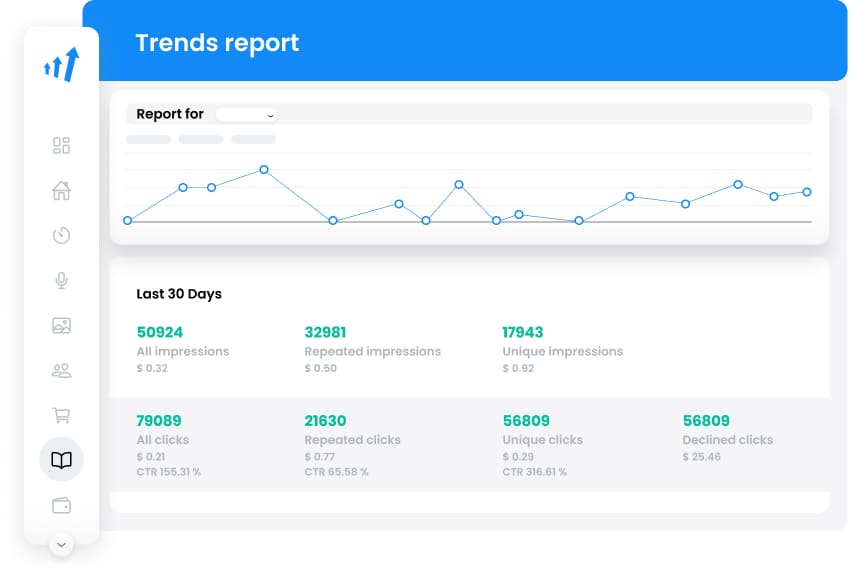
Images that align with your branding can convey your brand, services, and products while establishing expertise and building trust. Your product images should speak clearly to your potential customers. Use images strategically and place them on your website to help improve the overall experience for your users.
8. Optimize for mobile
As technology advances, people increasingly turn to mobile devices such as smartphones and tablets to access the world wide web. Hand-held devices with smaller screen sizes provide us with the closest connection with the brands, so your website should be mobile-friendly and easy to navigate no matter what device type users browse it on. UX designers should strive to meet the expectations of mobile browsing to have a greater chance of success when it comes to affiliate mobile marketing.
Recently, Google started penalizing sites that aren’t optimized for search engines and mobile devices, making the need for responsiveness even more crucial. Conduct website usability testing on both a mobile and a desktop version since mobile users have different needs. As such, you should pay special attention to your website’s mobile content. Separate tabs, easier-to-read text, and a simplified layout are some changes you may need to make for better user satisfaction among mobile visitors.
Conclusion
Websites should encourage user engagement and product usage, and users should enjoy a smooth experience. Make it easy for users to use your product and realize its value quickly. Make an effort to dive deeper into the customer journey and identify what workflows are successful and what narratives are just assumptions that do not cater to the actual needs of the users. Then, improve the UX of your affiliate website using the tips we discussed above and watch your sales grow.
Frequently Asked Questions
How to make an affiliate marketing website?
You can create a website for your affiliate marketing programs using the popular free website builders available online, such as Wix, Squarespace, Webflow, and others. Keep your mobile users in mind. Make sure all the pages of your website are optimized for mobile devices to boost your SEO rankings and the entire sales process.
Is UX important in affiliate marketing?
UX is crucial for the success of your affiliate marketing strategy. It is foundational to all marketing efforts, as it can help attract and keep users, which directly influences your conversion rates. Not having enough conversions leads to low commission rates.
How do I start an affiliate marketing website?
To start an affiliate marketing website, first, you must choose a niche and make sure it has affiliate opportunities. Then you should select a content platform like WordPress, Wix, or Squarespace. Next, you must find affiliate programs to join and subscribe to an affiliate tracking platform like Post Affiliate Pro. Once you have everything set up, you can begin creating your website, ensuring that your SEO and UX are in good shape. Finally, after your website is up and running, you should focus on creating great content and distributing it through various channels.




